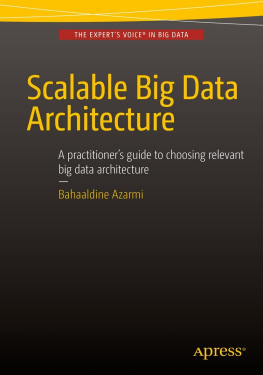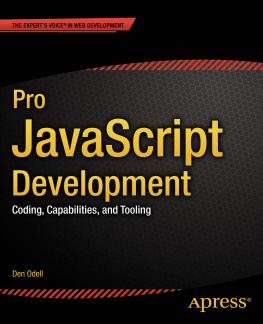A New Discipline
In the beginning was the web, and the web was good. Well, in this case, the beginning was the early 90s, and good meant a site had found its way onto the Yahoo index page and the little visitor counter at the bottom of the table laden, animated gif infected page was spinning.
But thats all you really needed in those days. As long as you were feeding your fellow web-circle subscribers with click-throughs, all of the webmasters were happy. And those webmasters? Yes, they were masters of their domain...literally! Websites were simple creatures, and the webmaster was their keeper, tending to the tangle of HTML and wondering if these new Cascading Style Sheets were something to be bothered with - most had already written off JavaScript as a passing fad.
But like any medium, the web grew. Javascript stuck around, CSS was useful for more than just setting the pages font-family and font color, and the Webmaster eventually found themselves at a crossroads. Their website traffic continued to grow, and the technologies of the web continued to expend (OH! Transparent gifs!). There were just too many new things to keep track of, and so much work to do, so eventually they were all forced to specialize. On one hand, they really liked animated gifs, the under construction signs, and the ubiquitous marquee tags, but on the other hand Perl was the best language ever to be created and will undoubtedly power every website from here into eternity.
So when it came to hiring a second person to help run the Webmasters prized precious domain, they needed to decide if they wanted to continue to be a tag master and hire Perl script kiddie, or the other way around.
Eventually these decisions had all been made, and the modern web team began to assemble like a news team called to a large seashell. At every stage, every crossroad, former webmasters found themselves needing to focus on a smaller chunk of the web process.
Newer, more focused roles also attracted artists, writers, business analysts, engineers and mathematicians to the industry. As these roles developed, and members that gravitated toward them become more and more proficient, the web began to form a new set of designations...or Disciplines.
Those Who Strategize About Content
Very early on in the development of the web there was a particular personality that seemed to believe the words on any given page were at least as important as the design, the code or even the Search Engine Optimization (everyone knew that keyword stuffing was the way to go). Before they came along content had always been a problem to deal with later. Just throw up some lorem ipsum into the design and move on. The client will eventually fill it in with real, quality, inspired content before the site goes live...really...always.
These lovers of words were ultimately quite vocal that the web was content, and that it deserved our time and attention. It was always a battle, but occasionally they were invited into early planning meetings, and on occasion they were contacted to lend their expertise on proper SEO techniques or to develop a consistent voice and tone for the editorial strategy. They were making progress, and though the fight was difficult and lonely, the results were worth while.
Thus went each of these lone warriors until the fateful day where they happen to come across another logophile, and they realized that they werent alone in this struggle! This single kindling of a friendship quickly grew into a blaze of new connections. Eventually a community of these word disciples was formed, and they continued to focus their efforts on convincing others to treat content as a valuable asset, and not a liability.
A dozen years passed and the fight for content was far from over. But even as one more designer was asked to just make something up for the homepage copy, a new rallying cry could be heard in the distance. December 16th, 2008 was the day that Kristina Halvorson stood up high atop A List Apart Blog and raised a banner for Content Strategy. She asked us all to take up the torch and begin treating content as a critical asset worthy of strategic planning and meaningful investment. Those who practice Content Strategy were to Learn it. Practice it. Promote it. They were to become Content Strategists. And like that, a Discipline was born.
Ms. Halvorsons article was not the first one to approach the topic of content strategy, but what it did was define the heart, soul, and purpose of Content Strategy, and the Content Strategist. Overnight, a large group of web content creators realized that they had a name, a discipline and a collective calling. These Disciples would usher in an era of blogs, podcasts, and conferences revolving around this simple notion that content mattered.
A Responsive Web Was Born
Around the same time, a man in a black turtleneck got up on stage and utterly ruined everyones conception of what an internet connected device was. For the first time in the history of the web we were truly forced to accept that websites were not browsed solely on 1024 x 768 pixel screens in the comfort of our offices and living rooms with the fat pipes of broadband internet. The introduction of the iPhone ushered in a new era of web connected devices with a multitude of screen resolutions, varying capabilities, fluctuating connection speeds and inconsistent input modes. As developers we could no longer make assumptions about our user and the properties of the device they were using to view our websites.
In response to this shakeup we tried a number of different solutions. We tried relying on pinch and zoom, or double tap to zoom, leaving our sites mostly untouched, or we used user agent string detection to redirect any mobile device to a stripped down, mobile friendly m-dot website. Neither solution really solved the problem. Pinch and zoom sites were difficult to navigate in order to finalize purchases, or sign up for services, and increasing mobile traffic meant increasing lost revenue. M-dot sites, which more user friendly for mobile devices, required development teams to maintain two separate websites.

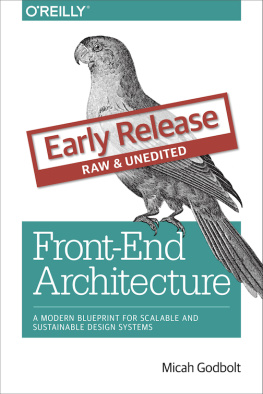

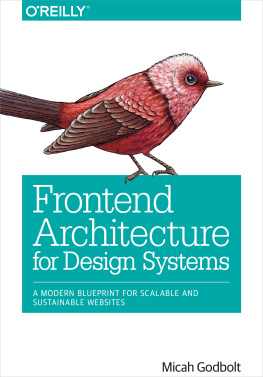
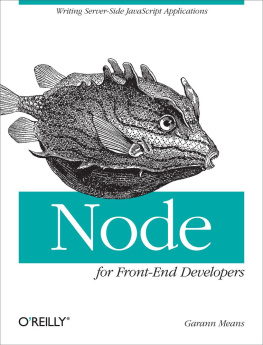
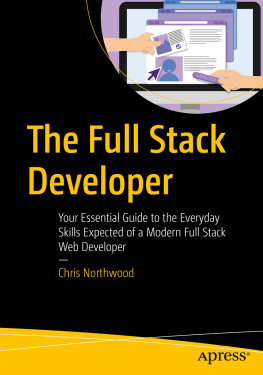
![Micah Godbolt [Micah Godbolt] - Frontend Architecture for Design Systems](/uploads/posts/book/120624/thumbs/micah-godbolt-micah-godbolt-frontend.jpg)

![Luca Mezzalira [Luca Mezzalira] - Front-End Reactive Architectures: Explore the Future of the Front-End using Reactive JavaScript Frameworks and Libraries](/uploads/posts/book/120508/thumbs/luca-mezzalira-luca-mezzalira-front-end.jpg)

